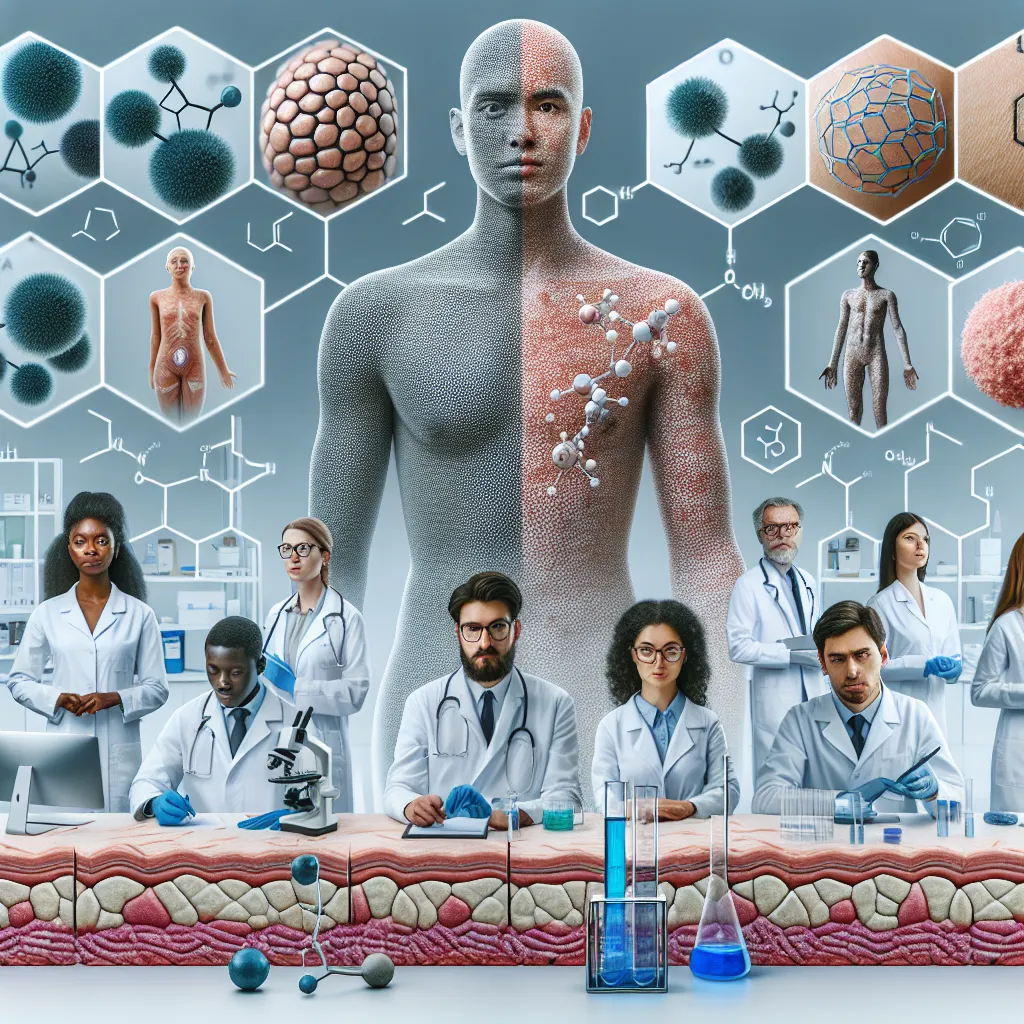Exploring Effective Atopic Dermatitis Treatments
Exploring Effective Atopic Dermatitis Treatments
Atopic dermatitis, also known as eczema, is a chronic inflammatory skin condition that affects millions of people worldwide. It is characterized by red, itchy, and inflamed skin patches that can be extremely uncomfortable and can significantly impact a person’s quality of life. While there is no cure for atopic dermatitis, there are various treatments available to manage the symptoms and provide relief to those affected by this condition.
Understanding Atopic Dermatitis
Atopic dermatitis is a complex condition with a multifactorial etiology. It is commonly seen in individuals with a personal or family history of other atopic diseases such as asthma or hay fever. The exact cause of atopic dermatitis is still unclear, but it is believed to be a combination of genetic, immune system, and environmental factors.
People with atopic dermatitis experience an overactive immune response to certain triggers, leading to inflammation and skin barrier dysfunction. This results in dry, itchy, and easily irritated skin. The severity of symptoms can vary from person to person, with some individuals experiencing mild discomfort while others face more severe and persistent symptoms.

Treatment Approaches
The management of atopic dermatitis involves a multidimensional approach that aims to reduce symptoms, prevent flares, and improve overall skin health. Treatment plans are often tailored to each individual’s needs, taking into consideration the severity of the condition, age, medical history, and lifestyle factors.
1. Topical Treatments
Topical treatments are the mainstay of atopic dermatitis management. These medications are applied directly to the affected skin to reduce inflammation, relieve itching, and improve the skin barrier function. The most commonly prescribed topical treatments include:
-
Topical corticosteroids:
These anti-inflammatory medications are available in different strengths and are used to reduce inflammation and relieve itching. They should be used under the guidance of a healthcare professional, as long-term and excessive use can lead to side effects. -
Topical calcineurin inhibitors:
These non-steroidal medications are primarily used for sensitive areas such as the face and neck. They work by suppressing the immune response and reducing inflammation. -
Topical phosphodiesterase-4 inhibitors:
These medications help to reduce inflammation and itching by targeting specific enzymes involved in the inflammatory process. They are often recommended for moderate to severe atopic dermatitis.
In addition to these medications, moisturizers or emollients are also an essential part of atopic dermatitis treatment. Regularly applying moisturizers helps to hydrate the skin, reduce dryness, and improve the skin’s protective barrier.
2. Systemic Treatments
If topical treatments do not effectively manage the symptoms or the condition is severe, systemic treatments may be prescribed. These medications are taken orally or by injection and work throughout the body to control inflammation and immune responses. Some common systemic treatments for atopic dermatitis include:
-
Oral corticosteroids:
These medications are used for short-term relief during severe flare-ups. Prolonged use of oral corticosteroids can lead to significant side effects, so they are generally not recommended for long-term use. -
Immunosuppressants:
Medications such as cyclosporine or methotrexate may be prescribed for severe cases of atopic dermatitis that do not respond to other treatments. These drugs suppress the immune system to reduce inflammation. -
Biologic therapies:
These newer treatments target specific molecules involved in the inflammatory process. Biologics are usually reserved for individuals with severe, treatment-resistant atopic dermatitis.
3. Phototherapy
Phototherapy, also known as light therapy, involves exposing the skin to specific wavelengths of ultraviolet (UV) light under medical supervision. This treatment modality can help reduce inflammation, improve skin barrier function, and alleviate itching. Phototherapy is often recommended for individuals with moderate to severe atopic dermatitis who have not responded well to other treatments.
4. Lifestyle Modifications
Along with medical treatments, certain lifestyle modifications can play a crucial role in managing atopic dermatitis. These include:
-
Avoiding triggers:
Identifying and avoiding triggers that worsen symptoms, such as certain fabrics, harsh soaps, stress, or certain foods, can help prevent flare-ups. -
Moisturizing regularly:
Applying moisturizers at least twice a day helps to keep the skin hydrated and prevent dryness. -
Using mild cleansers:
Opting for gentle, fragrance-free cleansers or emollient washes can minimize skin irritation and dryness. -
Avoiding scratching:
Scratching can further aggravate the skin and increase the risk of infection. Using cold compresses or anti-itch creams can help alleviate itching without damaging the skin. -
Wearing breathable fabrics:
Choosing soft, breathable fabrics such as cotton can minimize skin irritation and allow better airflow to the skin. -
Stress management:
Stress can worsen atopic dermatitis symptoms. Engaging in stress-reducing activities such as yoga, meditation, or seeking professional help can be beneficial.
Conclusion
While atopic dermatitis can be a challenging condition to manage, there are various effective treatment approaches available. It is important to work closely with a healthcare professional to develop an individualized treatment plan that suits your specific needs. By following a comprehensive treatment approach, incorporating both medical interventions and lifestyle modifications, it is possible to minimize symptoms, prevent flares, and improve the overall well-being of individuals with atopic dermatitis.
